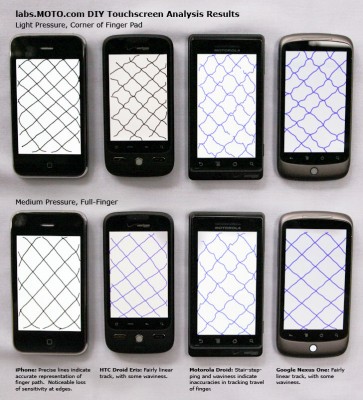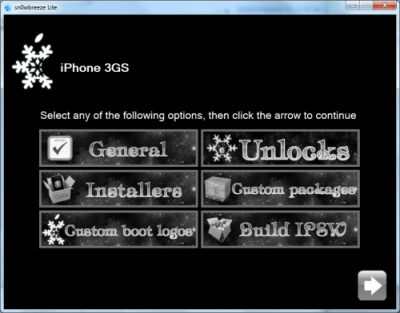News tagged ‘sed’
iPad CPU can migrate to the iPhone
As it was announced on Wednesday presentation, the iPad has a 1 GHz A4 chip that was developed by Apple. And now there is one thing that interests a lot of people: when this chip will make it to the iPhone?
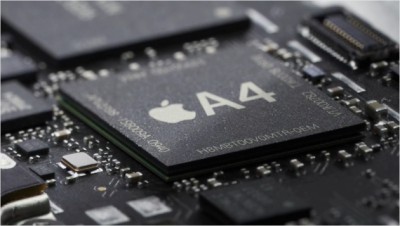
The iPhone 3GS has an 833 MHz Samsung chip, which is underlocked to 600 MHz to increase battery life. This is better than the iPhone 3G’s 620 MHz CPU (also underlocked to 412 MHz). But there is still plenty of room for improvement, and analysts expect the latter will come either from the A4 chip or its lower-powered variant, specially designed for the smaller battery and screen, to the iPhone.
People who have already handled iPad say the device is pretty much faster than any iPod Touch or iPhone released so far. So it seems pretty likely the A4 chip will trickle down to Apple’s smaller mobile devices.
2010 IGF Mobile Game Finalists

IGF announced the finalists for their 2010 mobile games competition. Last year's winners were dominated by iPhone games. This year's finalists are:
Best Mobile Game Design
- (iPhone)
- (DSi)
- (iPhone)
Achievement In Art
- (iPhone) – unreleased
- (iPhone)
- (iPhone)
Technical Achievement
- (iPhone)
- (iPhone)
- (iPhone)
Audio Achievement
- (iPhone)
- (iPhone) – unreleased
- (iPhone)
Best iPhone Game
- (iPhone)
- (iPhone)
- (iPhone)
The finalists for IGF Mobile will compete for $5,000 in prizes. The results will be announced on February 8th and will be showcased at GDC 2010 in March.
The Fastest Text Input Test: Laptop, iPhone, Pen, Palm or Newton?

In this test one man writes a long paragraph on several different devices (including pen and paper) to test the speed. The results may surprise you.
The contestants are:
- Apple iPhone 3G’s software QWERTY keyboard (2009)
- Apple Newton MessagePad 2100’s handwriting recognition (1997)
- Palm Treo 650’s hardware QWERTY keyboard (2004)
- Palm VX Graffiti handwriting recognition software (1999)
- MacBook full-size QWERTY keyboard
- pen and paper
The test is not completely fair, since with handheld keyboards the speed greatly depends on how often you use them. The tester has been using an iPhone as his main handheld for 18 months.
The tester used an article with 221 words. Here are the results:
Apple iPhone OS 4.0 features
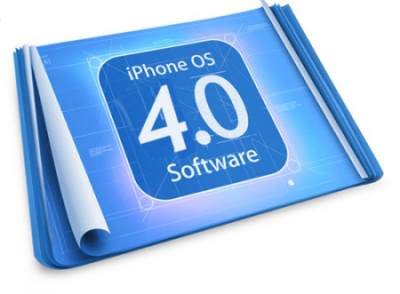
BoyGeniusReport published the first details about the upcoming iPhone OS 4.0:
- Global multitouch gestures.
- Background apps/Multitasking.
- UI enhanced for easier, more efficient navigation (maybe refreshed homescreen).
- The update will supposedly be available for only the iPhone 3G and iPhone 3GS (might also be for future iPhone 4G).
- New syncing ability for the contacts and calendar applications.
- Will put iPhone way ahead of smartphone market, more like “full-fledged computer”.
- Apple people “really excited”.
The iPhone OS 4.0 firmware is expected to be announced at Apple's special event on January 27th.
New iPhone OS to Bring Contacts On Home Screen
According to a new application filed by Apple, the new and upcoming iPhone OS could offer contact icons on the home screen. These icons can be used to invoke apps, retrieve and display contacts information, or can be modified to display related info, tied to an individual contact. This patent, which was filed back in July 2008.
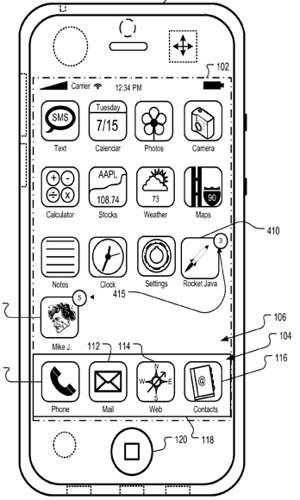
The icon can also be used to invoke one or more applications that are personalized to the contact. The icon can be modified to display information related to the contact. In one aspect, an icon associated with an entity can be temporarily displayed on the mobile device based on the proximity of the mobile device to the entity.
The U.S. Patent & Trademark Office today has accepted Apple’s filing. This could probably mean that we may soon see this feature being introduced in the upcoming iPhone OS 4.0, which is expected to be announced with the next-gen iPhone in summer.
Winter 2010 Stanford iPhone Application Development Course Avaliable Online
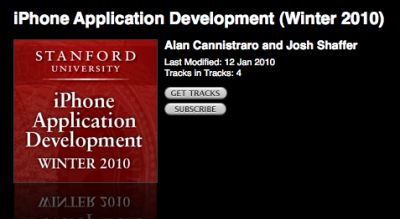
One of the most popular courses on Apple’s iTunes U education is back. The Winter 2010 semester of Stanford University’s iPhone Application Development Course is now available via .
This is a 10 week session that will focus on updated material for iPhone OS 3.1. The videos for the course will also offer more this year. “We’re getting the videos closed captioned this time, so they’ll be even more accessible,” said Julie Zelenski, a Stanford computer science lecturer who helps coordinate the class.
The course was downloaded more than 4.4 million times last year.
iPhone Wins Touchscreen Performance Tests Against Moto Droid, Nexus One and Others
MOTO Development has posted results of a DIY touchscreen analysis for the Apple iPhone, Motorola Droid, HTC Droid Eris, and Google Nexus One.
MOTO evaluated the resolution and accuracy of each touchscreen device. They used a very simple technique that anyone can perform at home. The results are very interesting. The iPhone’s touch sensor showed the most linear tracking with the least amount of stair-stepping. The Droid Eris and Nexus One tied for second with only faint wiggling – but actually performed best at the edge of the screen. Last in the line-up was the Motorola Droid, which demonstrated significant wavy artifacts or “stair-stepping.
You can find a chart with the results and a video below:
Here is a video:
Read the rest of this entry »
Utility Sn0wBreeze beta released (PwnageTool for Windows)
iH8Sn0w has released a beta of Sn0wbreeze a software utility which jailbreaks the iPod Touch 1G, 2G and iPhone 2G, 3G, and 3GS (old bootrom & non MC). The software runs on Windows XP, Vista, 7 (32 or 64 bit). Sn0wbreeze is similar to PwnageTool for Mac. It will allow you to create custom ipsws which can be built to include Cydia applications and personalized boot logos.
At this time BlackRa1n is still recommended for Windows users with firmware 3.1.2 and RedSn0w for earlier firmwares.
Apple Tablet's estimated cost is $347.23
Analyst Ashok Kumar of Northeast Securities shared his ideas about the future Apple Tablet device. Kumar said the tablet processor will be manufactured by Samsung and will be based on the Cortex-A8 ARM architecture with a speed of about 1GHz. There are also rumors that the tablet, along with the next generation iPhone, would be based on ARM's new Cortex-A9 architecture with two or four cores.
Also this week, Jeffrey Fidacaro of Susquehanna Financial provided a projection of how much the internal components of Apple's tablet might cost without even knowing for sure what they are. The analyst assumes the device will run on an Intel Atom processor, would include 2GB of DRAM, and sport a 3.2 megapixel camera. If Apple went with an ARM-based processor, Fidacaro said, the tablet's cost could be reduced by as much as $50. If Apple will use a 128GB SSD, the price will be increased by several hundred dollars. Here is a quick list:

Google Launches Smartphone Nexus One
Google today announced the launch of its Nexus One smartphone. It is based on the Android 2.1 operating system and offers 800x480 screen, 5 megapixel camera with flash, Qualcomm's 1 GHz Snapdragon processor. The Nexus One offers 512 MB of Flash and 512 MB of RAM, and ships with a 4 GB Micro SD card with support for cards up to 32 GB.
Nexus One is initially available from the Google web store in the US without service for $529 or starting at $179 with a two-year contract from T-Mobile USA. In the near future, Verizon Wireless in the US and Vodafone in Europe plan to offer similar service plans.
Here is the full list of hardware and software features:
PwnageTool Will Be Ported to Windows and Linux
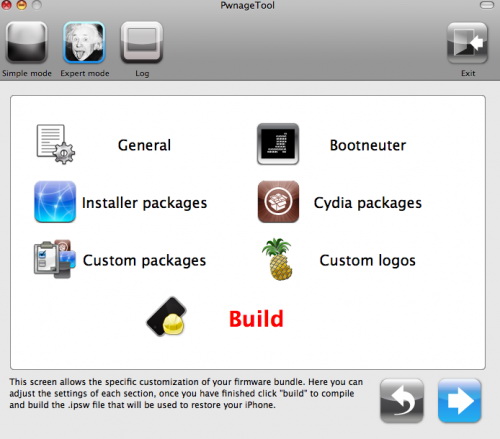
In addition to announcing a new version of Redsn0w, MuscleNerd has announced a PwnageTool port to Windows and Linux:
When asked about PwnageTool, MuscleNerd said via twitter "they can compile now for wxwidgets for redsn0w 0.9, so pwnagetool port can be based on this", "and so that means, pwnagetool port for windows and linux. For OSX it's all on @wizdaz of course ![]() "
"
PwnageTool lets you build custom ipsw files which can include personalized boot logos as well as automatic installation of applications. There is also project called Sn0wBreeze, a port of PwnageTool to Windows. However a port from DevTeam is of course more preferrable.
The latest version of PwnageTool 3.14 can be downloaded here.
Sn0wbreeze will be released soon
Sn0wbreeze, the famous tool for Windows, will be released towards the end of this week. Sn0wbreeze is the software that will allow users to create custom firmwares to use for jailbreak and unlock. Now this functionality is available for Mac OS usera with PwnageTool.
Engadget released an app for iPhone
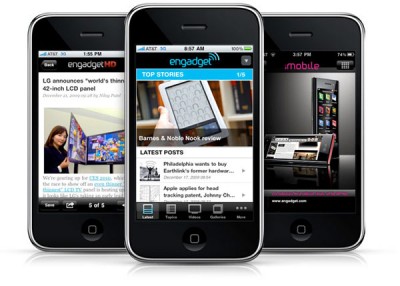
Our colleagues from Engadget.com released their own iPhone / iPod touch app to bring different tech news directly to our famous devices. The app features a whole bunch of useful features such as offline viewing, built in streaming and different customization options.
Engadget app is free and can be downloaded .
Apple Placing Orders for Tablet Components
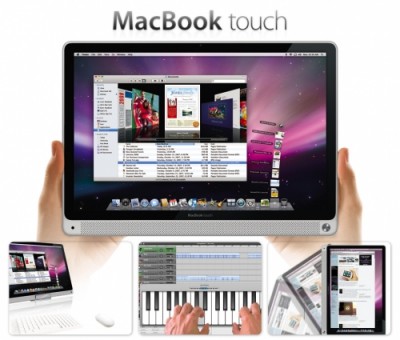
Taiwan's Economic Daily paper claims that Cheng Uei Precision Industry has received an order for "connectors" for Apple's new Tablet PCs. Meanwhile Digitimes reports that Innolux, a panel-making subsidiary of Foxconn, will be the will be the initial supplier of touch panels for Apple's tablet PC. The screen size is said to be 10-inches.
Apple has been seeking solutions to strengthen the glass of the 10-inch panel for the device and was forced to delay the launch until first-quarter 2010, the sources noted. Apple is expected to announce the tablet PC in January of 2010 with mass shipments to start in March or April, based on analysis of the shipping schedules of Apple's upstream component partners.
Foxconn Electronics (Hon Hai Precision Industry) will be the manufacturer of the tablet, the sources added.
These reports add to the increasing number of rumors about Apple's upcoming Tablet. Just last week, Apple was said to be planning a late January media event to launch the device which would ship later in 2010. Even more recently have been discoveries that Apple has trademarked the "iSlate" name presumably as a possible name for the device.
iPhone Controlled Missile Launcher
iPhone is normally used to make calls, or at most to play. But we alway see different experiments with the iPhone involved in driving a vehicle or integrated into a robot. Today we show you how the iPhone is able to command a small rocket through an application and some special hardware!
Here is video demonstration of eMissileBox, an iPhone application to control missile launches which was developed for an ECE 4180 project at Georgia Tech in Fall 2009:
This Missile Launcher is based on an eBox running customized Windows CE 6, it launches model rockets to 200 feet. Everything is iPhone controlled (orientation, deviation and firing).
via ispazio
 Leave a comment
Leave a comment
